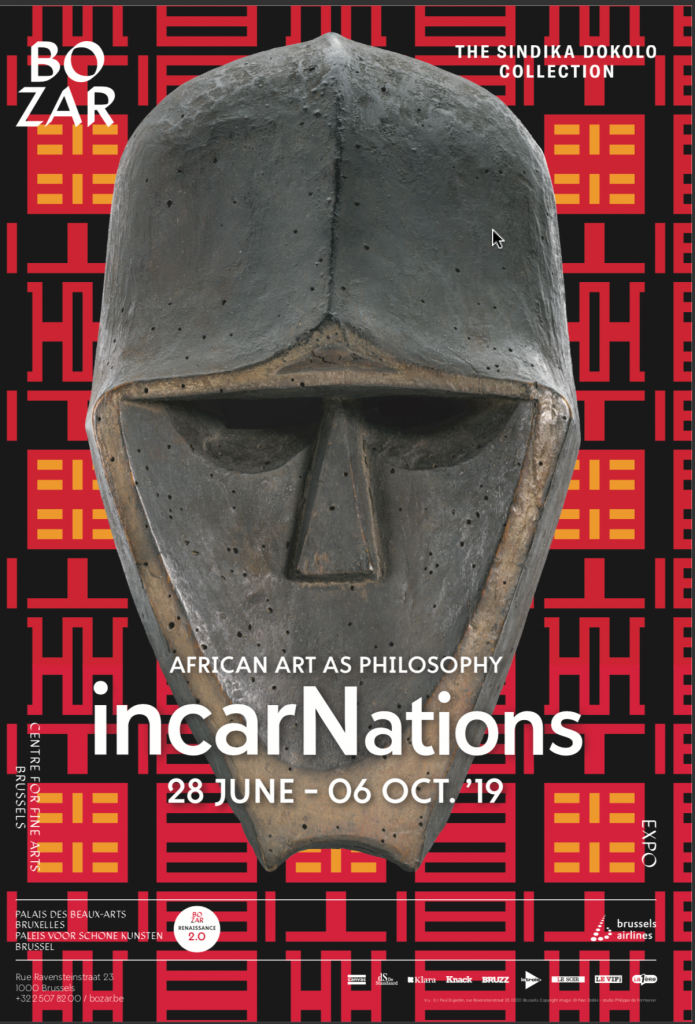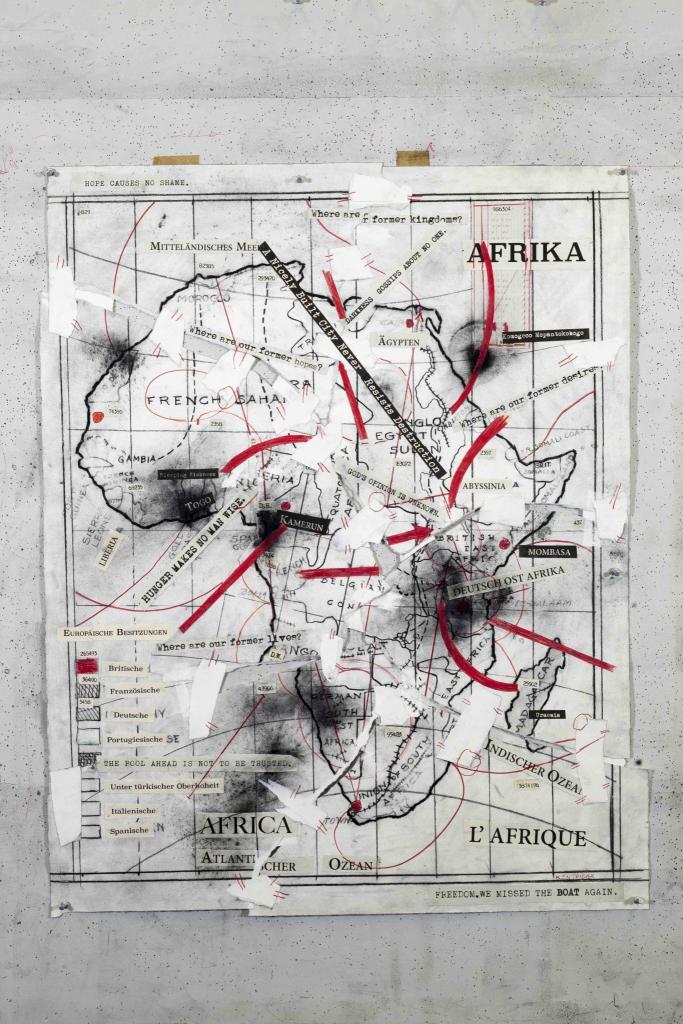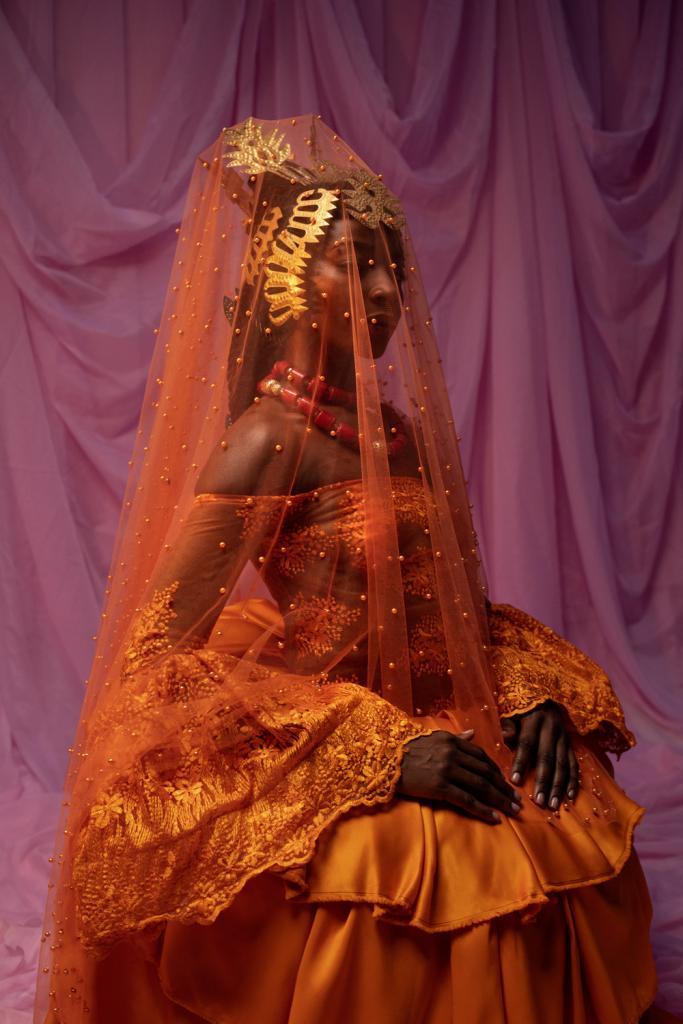A new home for the Spiritan Museum of classical African Arts
The Spiritan Museum of Classical Arts of Africa is located in the heart of the Spiritan community of Saint Joseph, in the municipality of Allex located in the French department of Drôme. The idea of the Spiritan Museum of African Arts was born from the meeting between Nicolas Rolland (scientific advisor of the project) and the Congregation of the Holy Spirit.

The Congregation of the Holy Spirit, a Catholic missionary society founded in France in 1703, has made Black Africa its main missionary land. From the 1840s onwards, the Spiritans spread throughout its territory, and more specifically in its equatorial zone (now Gabon and Congo). Its members live alongside people whose languages they learn and whose customs and rites they discover. They collect very rich information in the field for ethnologists and collect many artifacts: everyday objects, but also ritual sculptures associated with highly religious contexts.
These objects, gradually brought back to France and dispersed in the various houses of the Congregation, fed important groups of buildings until the 1930s, which were presented in small missionary museums or in exhibitions intended to serve missionary propaganda. A patient research and collection work initiated several years ago by the Congregation itself has made it possible to shed light on the history of the Spiritan collection and to draw up an inventory, thus allowing many unpublished objects to be discovered, including some masterpieces of classical African art.


Spiritanian collections are an exceptional testimony to the life, traditions, art and beliefs of the people of equatorial Africa at the end of the 19th century and the beginning of the 20th century. The vast majority of the works collected by the spiritualist missionaries come from Gabon, Congo Brazzaville and Congo Kinshasa. The range of artifacts preserved in the collections is wide and concerns both everyday life (tools, dishes, seats, weapons, ornaments, etc.) and the sacred (initiation rites, liturgy of initiatory societies, therapeutic or divinatory practices, etc.) with many masks and statues.
Aware of the need to protect this unique heritage and make it accessible to a wide public, the Congregation wished to bring all these objects together in a new museum adapted to modern standards of conservation and reception, which it entrusted to the NeM architectes agency, already renowned for the development of the new Pinault Foundation in Paris (Bourse de commerce) under the aegis of the Japanese architect Tadao Ando. The project is also a collaboration with Gernay architects.

The Congregation of the Holy Spirit’s collection of classical African art remains relatively unknown. This feeling of discovering a collection that has not been very well exhibited to date seems to have given the museum its architectural direction. The objective was threefold. The aim is to encourage meetings and exchanges of ideas on the themes of the exhibitions, to present and share the collection with the public, and finally to preserve and preserve the works.

From the small front door, the collection embraces itself with a glance, thus proposing crossed relationships between the works. The scenography proposes a superposition and a growing development of clay niches that evoke stacking, storage, classification: a spatial allegory of the act of collecting.
 The maritime pine parquet flooring on bleached joists and the light plasters gently reflect the diffuse light, staging in a powdery atmosphere the discovery of a hitherto confidential collection. The works stand out on this white background, placed in the niches and protected by glass plates whose reflections catch the eye. As one moves freely forward, the proportions of the display cases gradually encourage the visitor to physically experience a changing view of the works, leaning first towards them, until he himself is enveloped in them.
The maritime pine parquet flooring on bleached joists and the light plasters gently reflect the diffuse light, staging in a powdery atmosphere the discovery of a hitherto confidential collection. The works stand out on this white background, placed in the niches and protected by glass plates whose reflections catch the eye. As one moves freely forward, the proportions of the display cases gradually encourage the visitor to physically experience a changing view of the works, leaning first towards them, until he himself is enveloped in them.

The clay blocks develop to completely fill the room: at the limit of the reserve, the high windows confine the space, reduce the depth of field and reduce the acoustic atmosphere, offering a more intimate relationship to the most sacred works. At the bottom of the exhibition is the reserve, visible, but inaccessible to the public.

The arrangement of the display cases as a very strict digital suite (5-4-3-3-2-1) makes it possible both to crush the perception of depth from the entrance to support this vision of an ensemble and, paradoxically, to make available a flexible and undetermined scenography offering many combinations of relationships between artworks. Mobile display cases complete the system to define routes if necessary.
NeM Architectes
NeM / Niney et Marca Architectes
Lucie Niney et Thibault Marca, associés
Gernay architects.
Spiritan Museum of African Arts
Maison Saint-Joseph
4 Montée de la Butte
26400 Allex
FRANCE




